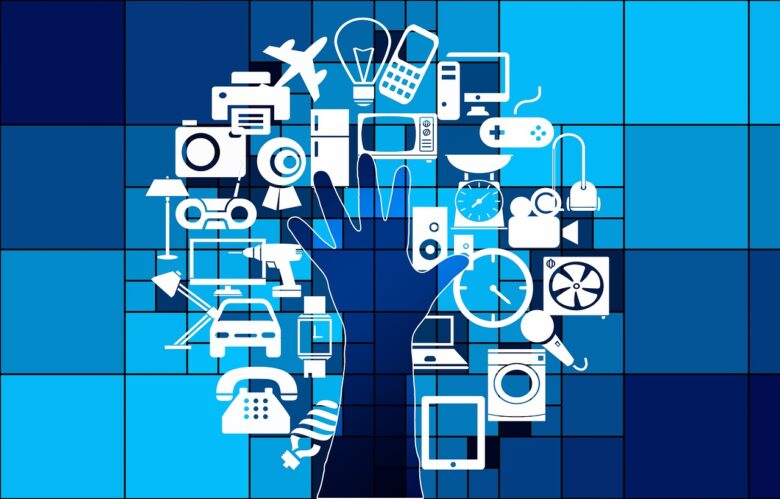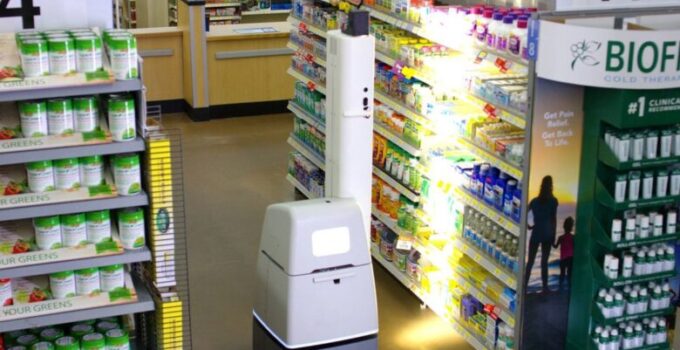The retail market is evolving with computer vision, advanced RFID solutions, and the ability to collect and analyze data on the edge. Here are 5 steps for IoT solution provider channels to improve their experience and market presence:
IoT in Retail

Source: absolutdata.com
IoT is growing rapidly in several vertical industries, which are the ones that have learned to take advantage of it the fastest, but it has the potential to add value across the spectrum of vertical industries. A recent report from Markets & Markets focused on the retail market predicts that the global IoT market in this sector will grow from US $ 14.5 billion in 2024 to US $ 35.5 billion in 2025 (CAGR of 19 , 6%). The main factors that will drive the growth of IoT in the retail market include the rapidly declining cost of sensors and IoT-based connectivity, the growing adoption of smart payment solutions, and demand from consumers. customers for a seamless shopping experience.
What Makes IoT Possible?
IoT relies on a comprehensive set of technologies – such as application programming interfaces (APIs) that connect devices to the internet. Other key IoT technologies are Big Data management tools, predictive analytics, AI and machine learning, the cloud, and radio frequency identification (RFID).
1- In the Beginning, Specialize in Verticals

Source: pegus.digital
The IoT requires channels to have a deeper understanding beyond technology – solution providers need to have a deep understanding of their customers’ line of business. Initially, solution providers need to specialize. Speak the customers’ language, understand the terms they use, the individual needs of each vertical and after each particular company, and as your IoT practice grows, you can add more components to your sales process. In the case of the agricultural industry, for example, it is necessary to understand the different components of it, including the main challenges that farmers face, such as crop yield, water and maintenance. After understanding these questions, it is possible to know where the opportunities are to simplify operations and make the work of producers more efficient using technology.
2- Get Out of the Data Center and Back Office
As an extension of specialization in certain markets, solution providers need to have the ability to work in these environments – not just in their offices. While VARs may be used to deploying technology in the office, IoT applications will force solution providers out of this environment and into their clients’ spaces in the event of a reseller serving a soybean producer, for example, would be the field. IoT is not in the office – it is in the factory, in the field, in the retail store; and solution providers need to understand where that is being implemented, in addition to understanding that the work will need to be done outside of the reseller office.
3- Be more Connected with IoT Providers

Source: internetofbusiness.com
The dynamic between solution providers that are implementing the IoT and their vendors is a bit different. The channel needs to leverage technology from a variety of vendors – some of which you may never have worked with before – and put those pieces together for a complete IoT solution for customers. While many well-known IT vendors are currently investing heavily in the IoT, such as Intel and Cisco, operational technology vendors play an important role in the IoT for manufacturing, automotive, buildings, and smart cities – and some of those. vendors are actively seeking partners with IT solution resellers. Connect to the IoT providers your customers are using. Many of those resellers have existing partners who are up to the task of implementing IoT solutions.
4- Visit Electronics Trade Shows
Solution providers looking to build their IoT practices can get plenty of innovative ideas by visiting electronics and general technology trade shows, where vendors showcase their latest and greatest products. The Consumer Electronics Show, in Las Vegas, is a good example of a fair with very good options. However, typically focused on mobility products, the 2016 CES featured connected devices, 5G networks, and IoT applications. The fair is not only an impressive event, but it has also been very important for the growth of specialized resellers in the IoT or that work with some products and solutions in the area, as well as helping to understand the trend itself. Most of those technology trends are starting in the end user area, and then moving on to the business room. On top of that, customers are interested in other technologies that CES is introducing, such as VR and robotics.
5- Get out of your Comfort Zone

Source: currentgyan.com
The last recommendation for reselling solutions in IoT: be innovative and think creatively while working with your customers to generate IoT solutions that meet each of their needs and are also able to exceed expectations. Seaweed out of your comfort zone The IoT will require you to think outside the box. Customers want IoT, and as the market becomes increasingly competitive for the channel, solution providers need to change their mindset and think of new ways to interact with customers, design big projects, and implement those solutions.
One of the biggest benefits of IoT is the efficiency it can offer. Many companies use it to automate business and manufacturing processes, remotely monitor and control operations, optimize supply chains, and conserve resources.
Take advantage of the IoT data explosion
Smart devices generate a huge amount of IoT data that needs to be analyzed and exploited in real time. Predictive analytics and big data appear here. Machine learning is also used to add context to data and generate actions without human intervention.
Illustration of a smart machine connected to the IIoT

Source: insidetelecom.com
In manufacturing, the IoT is becoming the Industrial Internet of Things (IIoT) – also known as the Industrial Internet or Industry 4.0. The IIoT uses machine-to-machine (M2M) technology to support all kinds of things, from remote monitoring and telemetry to predictive maintenance




